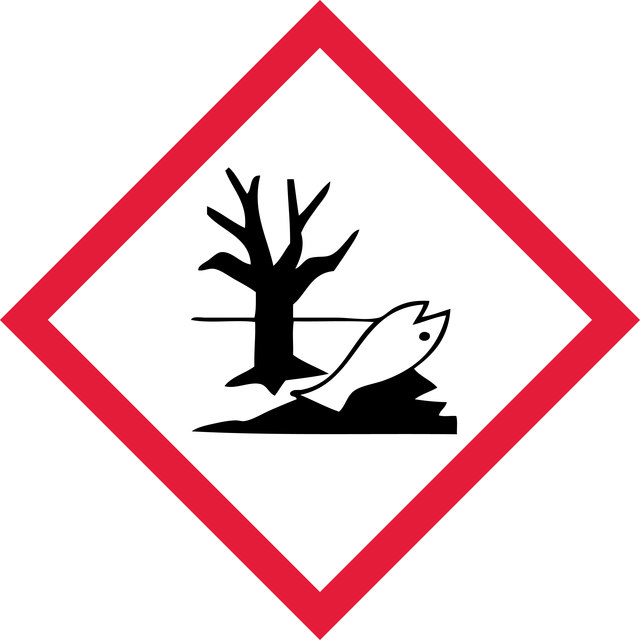517453
Copper(II) acetate
powder, 99.99% trace metals basis
Synonym(s):
Cupric acetate
Select a Size
About This Item
vapor density
6.9 (vs air)
Quality Level
assay
99.99% trace metals basis
form
powder
reaction suitability
core: copper
greener alternative product characteristics
Catalysis
Learn more about the Principles of Green Chemistry.
sustainability
Greener Alternative Product
bp
100 °C (212 °F)
greener alternative category
SMILES string
CC(=O)O[Cu]OC(C)=O
InChI
1S/2C2H4O2.Cu/c2*1-2(3)4;/h2*1H3,(H,3,4);/q;;+2/p-2
InChI key
OPQARKPSCNTWTJ-UHFFFAOYSA-L
Looking for similar products? Visit Product Comparison Guide
Related Categories
General description
Application
- For the synthesis of copper(I) oxide (Cu₂O) thin films via atomic layer deposition (ALD) which are used in the fabrication of photoconductor devices solar cells, and thin film transistors.
- In the synthesis of Cu-Doped ZnO Thin Films via Sol–Gel process for Optoelectronic Applications.
- In the green synthesis of copper and copper oxide nanoparticles. The resulting nanoparticles exhibited antibacterial and antifungal activities, making them valuable in biomedical applications and environmental remediation.
Features and Benefits
- (99.99% trace metals basis) ensures that there are minimal impurities, which enhances the efficiency and selectivity of the catalytic processes, such as oxidation and coupling reactions leading to higher yields and fewer by-products.
- The absence of impurities in high purity copper(II) acetate leads to vibrant colours and improved stability of the pigments, enhancing the overall quality of the final products
signalword
Danger
hcodes
Hazard Classifications
Acute Tox. 4 Oral - Aquatic Acute 1 - Aquatic Chronic 2 - Skin Corr. 1B
Storage Class
8B - Non-combustible corrosive hazardous materials
wgk_germany
WGK 3
flash_point_f
does not flash
flash_point_c
does not flash
ppe
dust mask type N95 (US), Eyeshields, Gloves
Choose from one of the most recent versions:
Already Own This Product?
Find documentation for the products that you have recently purchased in the Document Library.
Articles
Oxidation and reduction reactions are some of the most common transformations encountered in organic synthesis
Copper metal deposition processes are an essential tool for depositing interconnects used in microelectronic applications, giving group 11 (coinage metals: Copper, Silver, and Gold) an important place in atomic layer deposition (ALD) process development.
Lanthanide ions in spectral conversion enhance solar cell efficiency via photon conversion.
Our team of scientists has experience in all areas of research including Life Science, Material Science, Chemical Synthesis, Chromatography, Analytical and many others.
Contact Technical Service

